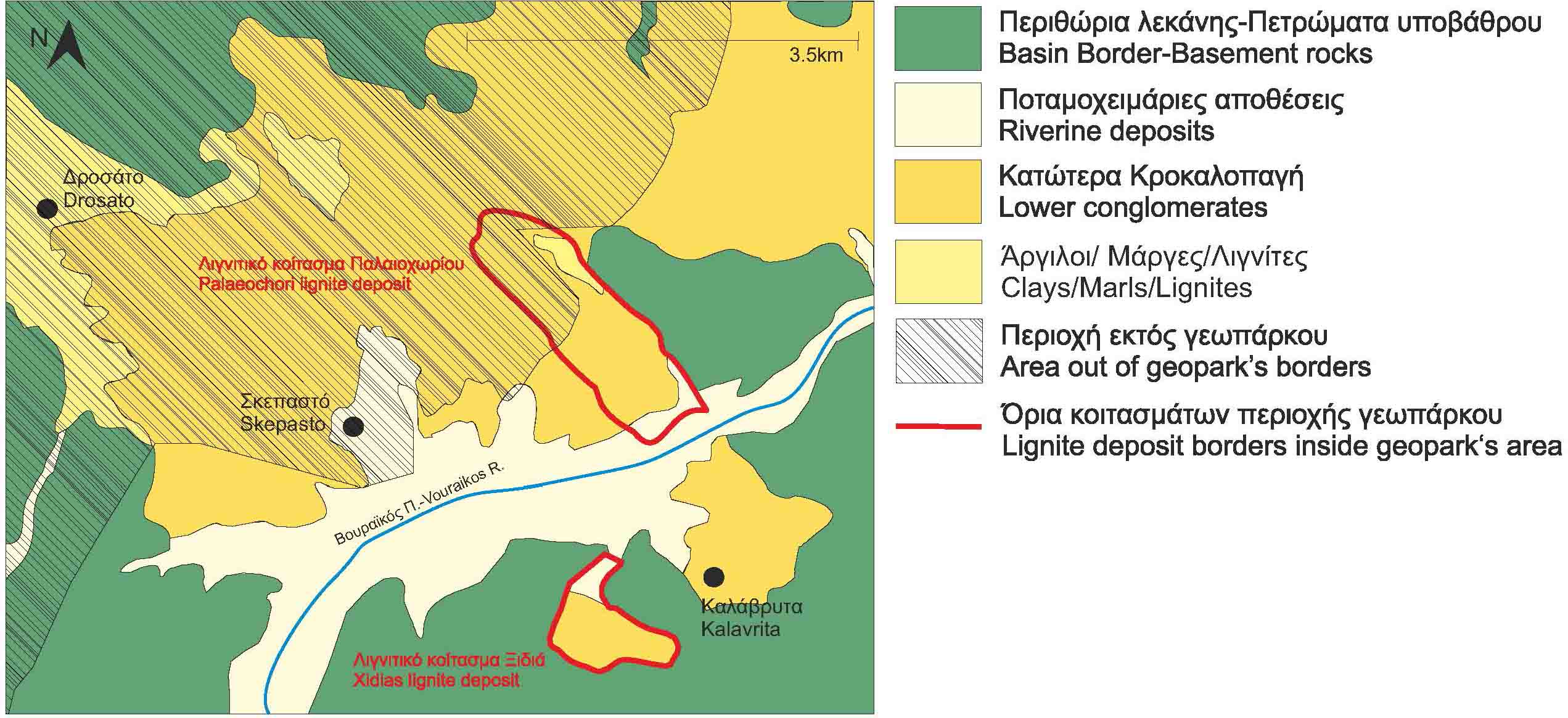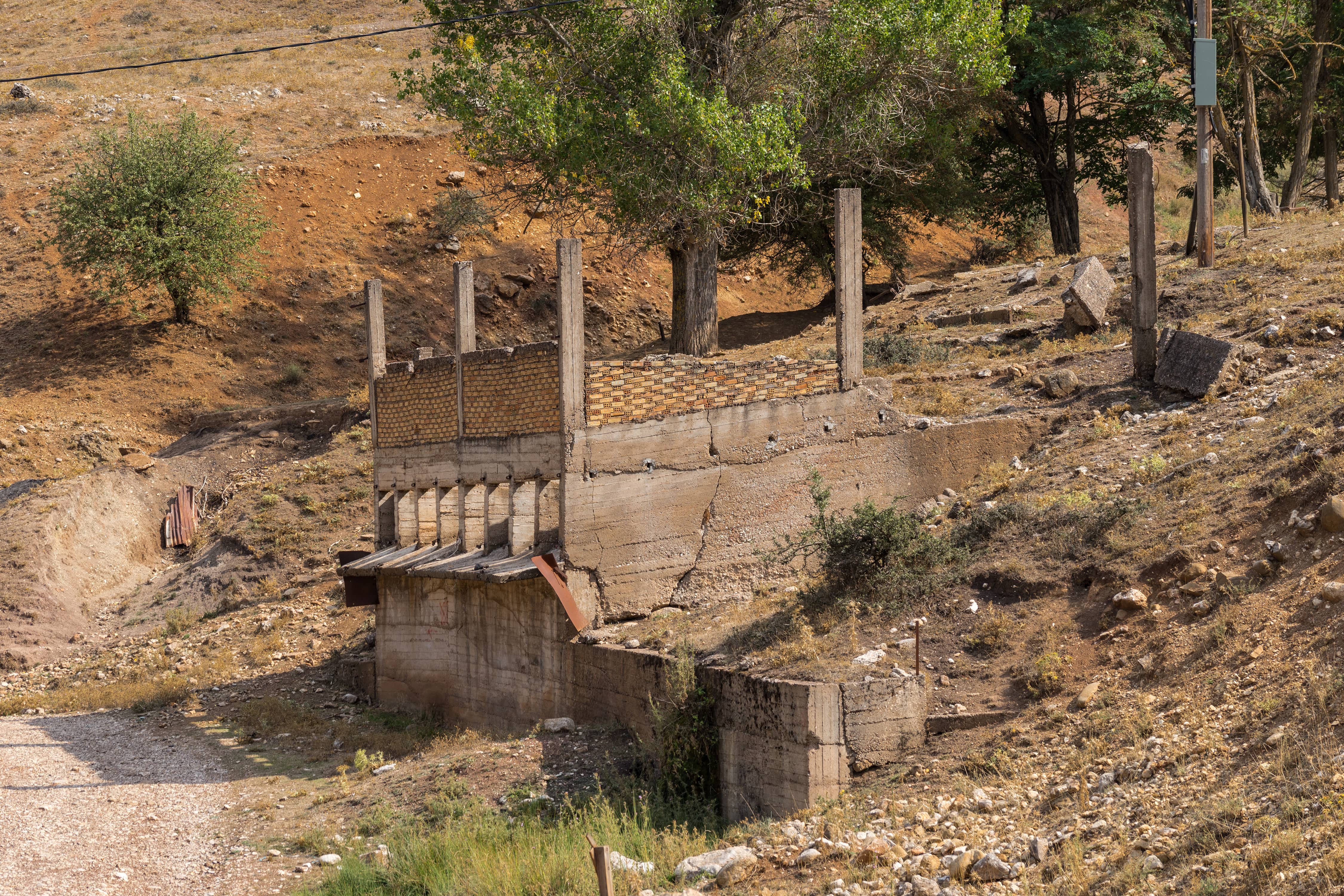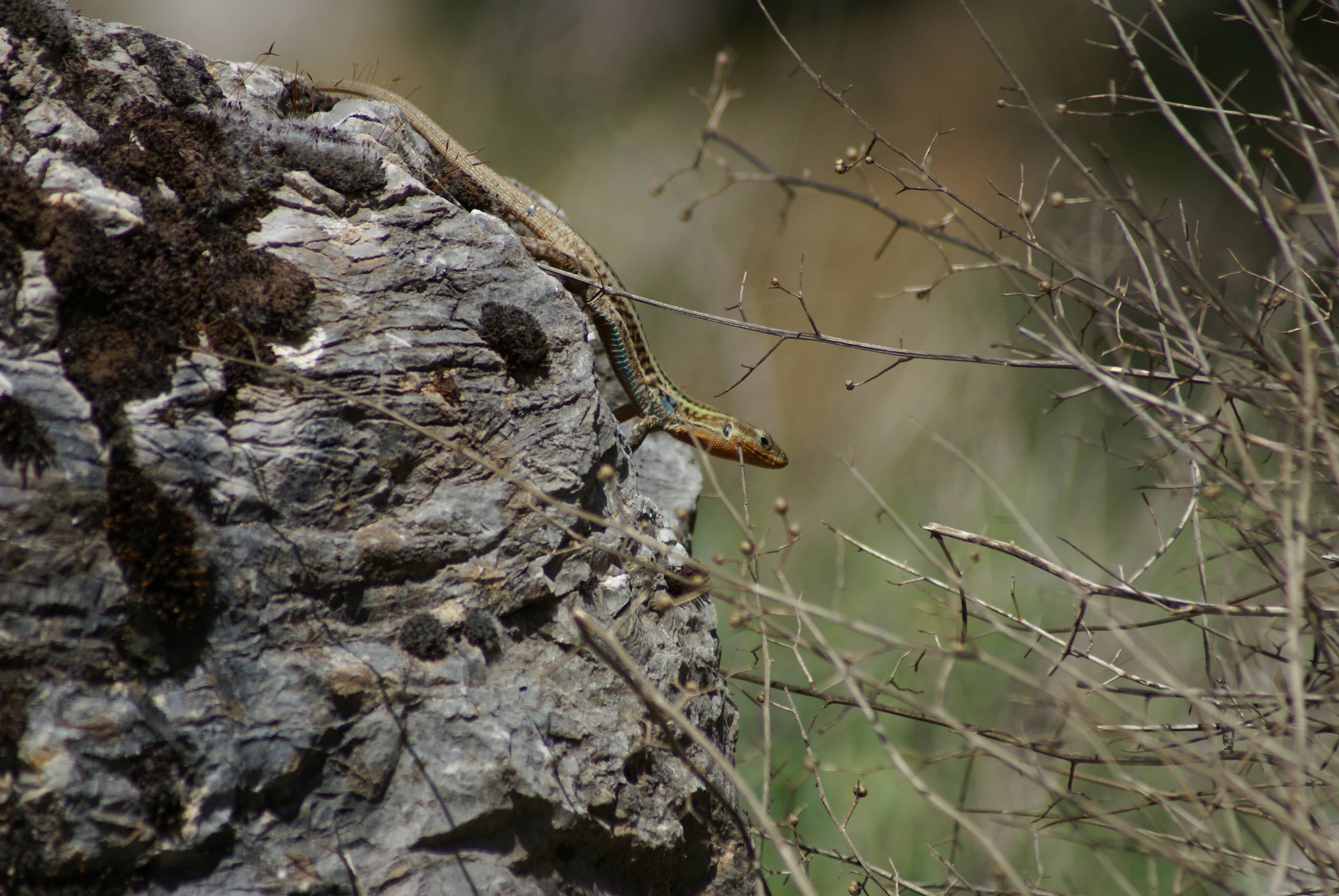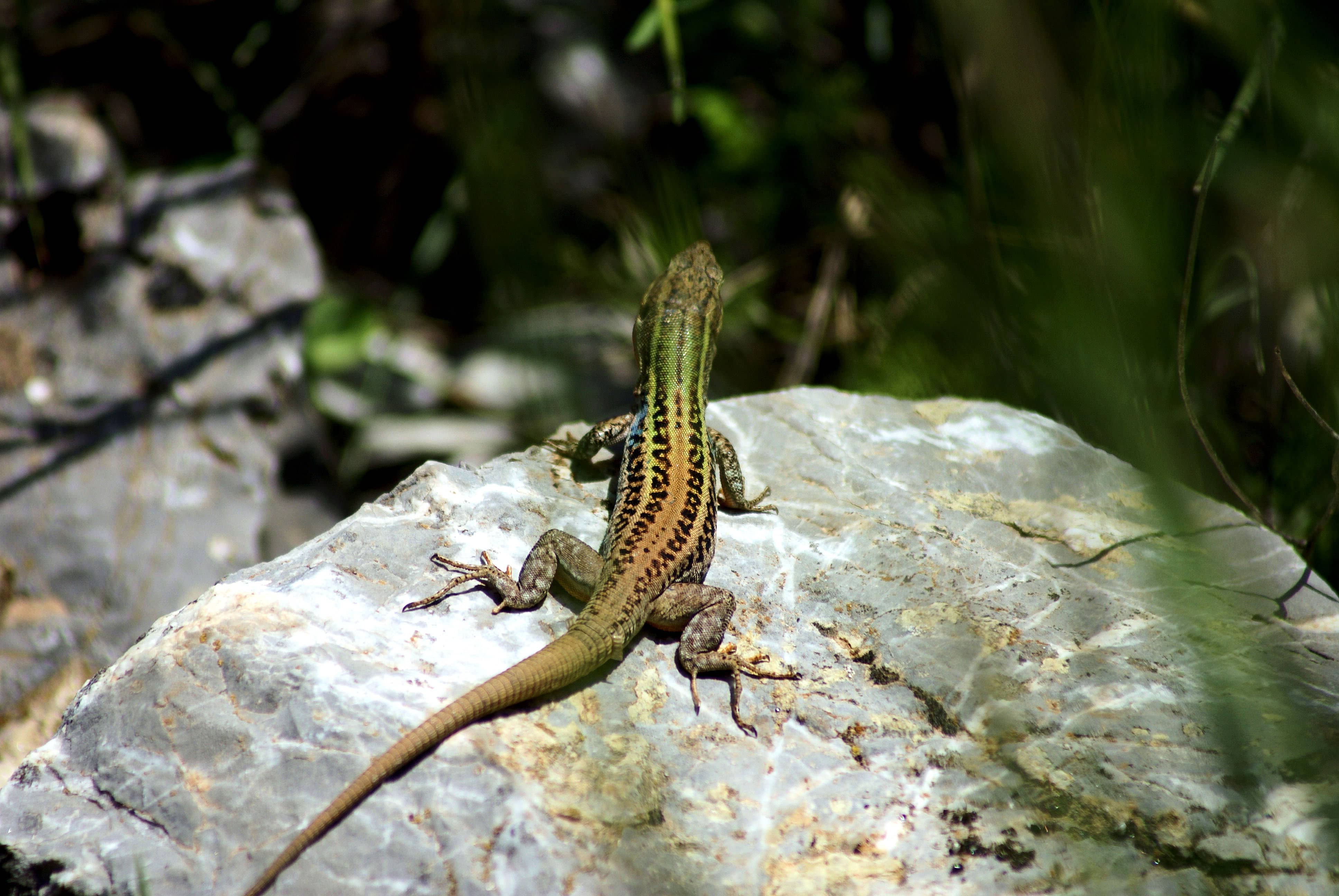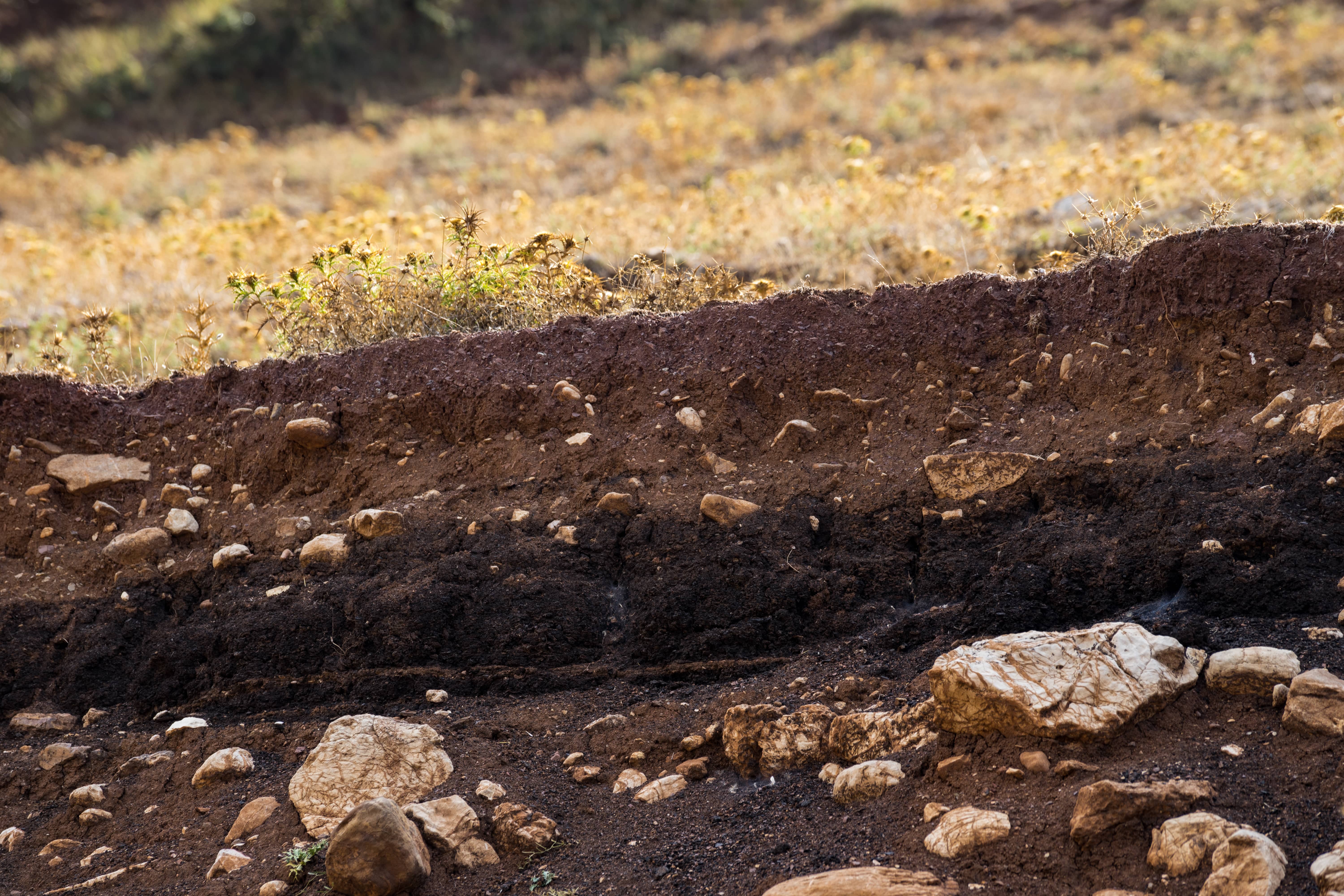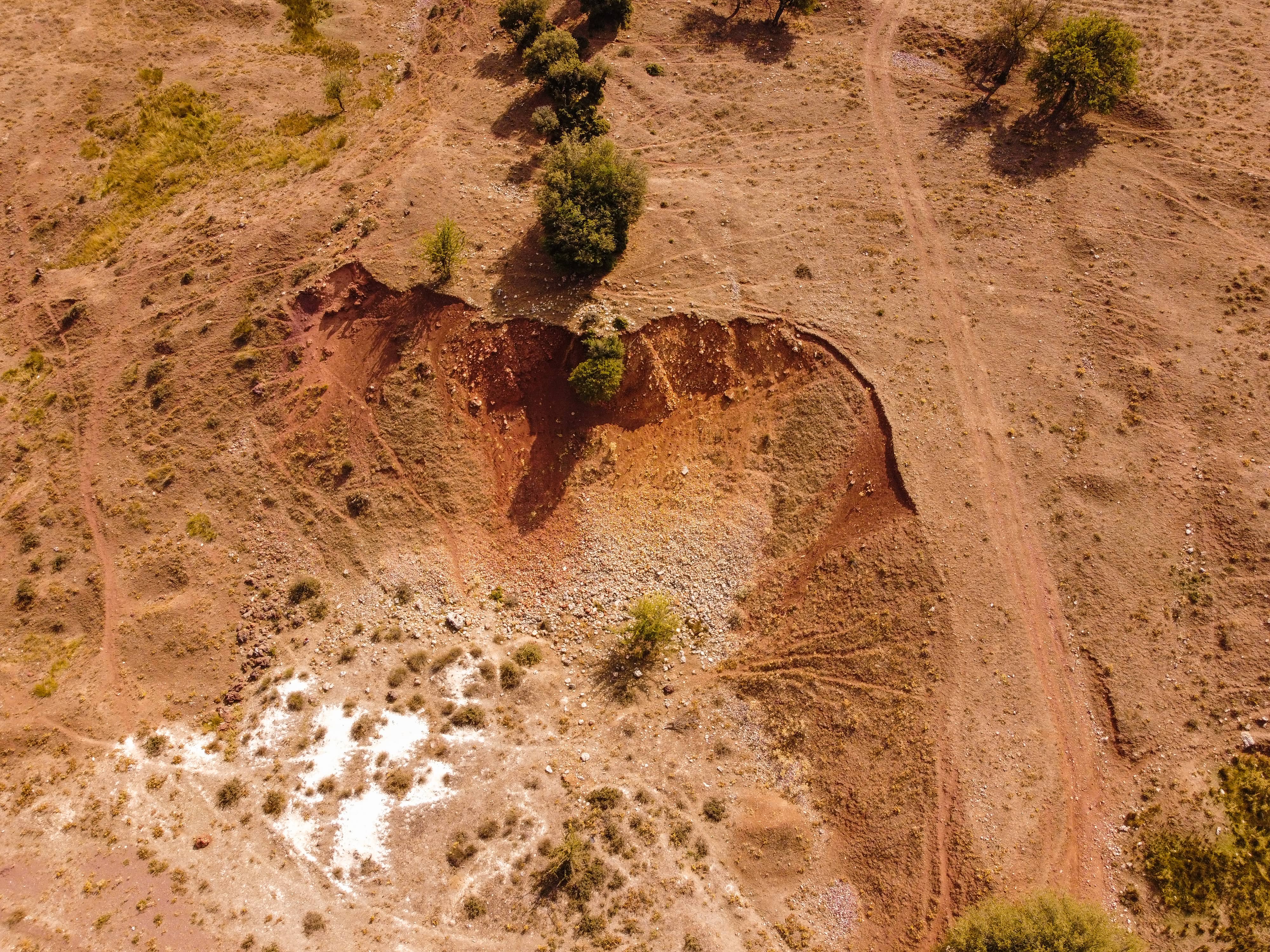THE EVELOS OF KALAVRYTA
The geosite Xydias lignites is located SSW of Kalavryta town. It is part of Kalavryta lignite Basin. The lignite mine in Xydias area consists of a place of memory as well for the atrocities of World War II as it played an important role at the beginning of the operation “Kalavryta”. The bodies of three German prisoners (22.10.1943) were found in a dry pit or well of the lignite mine, a fact that triggered the violent rage of the occupation troops against the residents of Kalavryta. For many years, the mining of lignite was of great importance for the economy and the life of the people of Kalavryta. Lignite was used in daily life for cooking, heating, etc. In fact, for the residents of the area, lignite was known as “evelos”.
Geodiversity
Five to 1.8 million years ago the topographic relief around Kalavryta area was intense with several limestone hills. Between these hills, lakes and swamps were formed. They were surrounded by rich forests of gymnosperms and riparian vegetation. This type of vegetation was favored by the cool temperate climate of the Pliocene. The vegetation after its “death” was buried and in combination to the lack of oxygen (anaerobic conditions), peat was formed (organic matter partially decomposed). With time and because of the pressure of the lacustrine layers deposited on top, the buried peat turned into lignite. Due to the intense tectonic regime during the formation of the Corinth Gulf, the lignite strata were tilted and were exposed at the surface. The lignites of Xydias present excellent preservation, since the rock retains the wood texture to this day!
Biodiversity
The Geosite is located within the Protected Area “AISTHITIKO DASOS KALAVRYTON” (GR2320004) and the Special Protection Area (SPA) for avifauna “OROS CHELMOS (AROANIA)-FARANGI VOURAIKOU KAI PERIOCHI KALAVRYTON” (GR2320013) of the Natura 2000 network. The vegetation of the area is mainly characterized by Abies cephalonica forests, macchia and phrygana vegetation, grasslands and plantations with Pinus nigra subsp. pallasiana and the avifauna includes birds such as the Golden Eagle (Aquila chrysaetos), and the Eurasian eagle-owl (Bubo bubo). In addition, important fauna species such as lepidoptera (Pseudophilotes bavius etc), the European tree frog (Hyla arborea), the Peloponnesian wall lizard (Podarcis peloponnesiaca), the Hermann’s tortoise (Testudohermanni), the Leisler’s bat (Nyctalusleisleri), the European hare (Lepuseuropaeus) and the European wildcat (Felis silvestris) are recorded.

